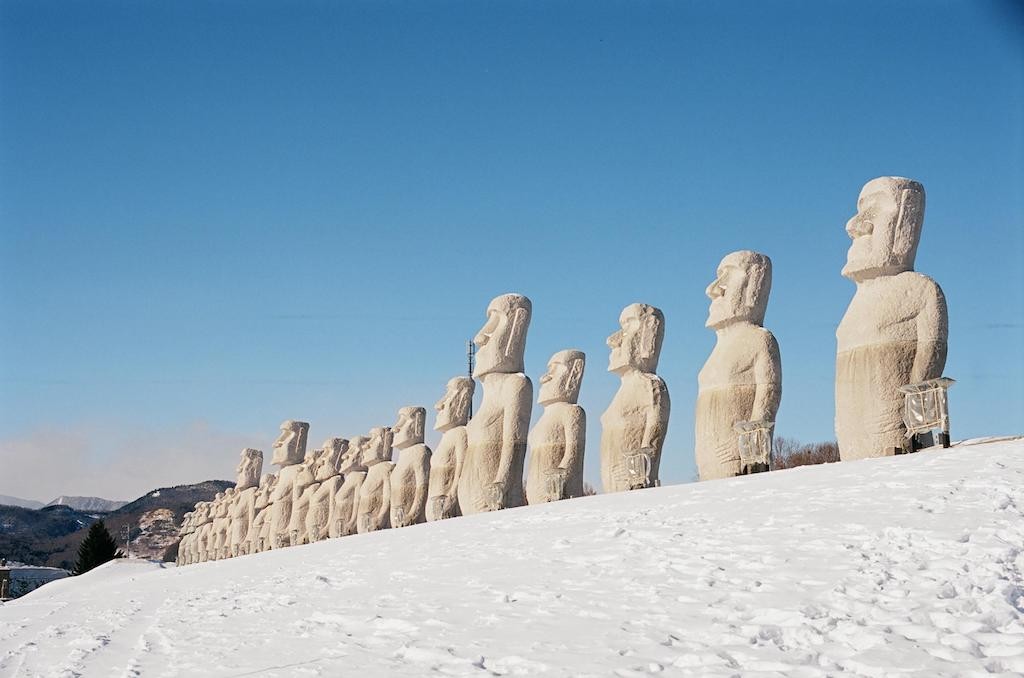Gujo Hachiman: Japanese’s Alluring Small Town With Ancient Castles
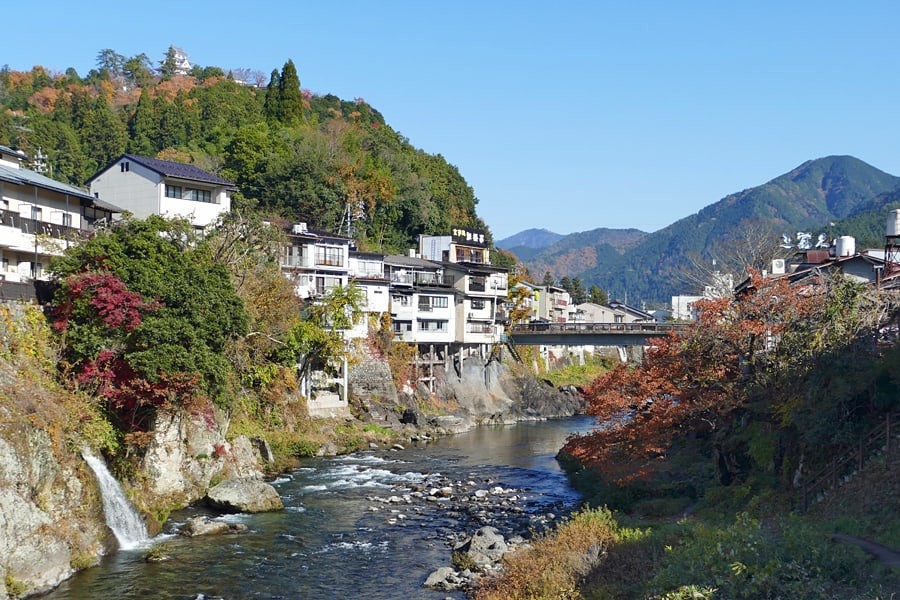 |
| Photo: Travel With Kat |
Gujo Hachiman (郡上八幡, Gujō Hachiman) is a small, riverside town in Gifu Prefecture, known for its pristine waterways and its distinctive summer dance festival. The town was founded in the 16th century following the construction of Hachiman Castle.
Gujo's waterways function in much the same capacity as they did in the 1600s. Walking through town provides visitors with a look at the many canals, fountains, and waterways that are still used for washing rice, vegetables and laundry. Townspeople cooperate to keep the canals clean and the water fresh; as a result of their efforts, Gujo's drinking water is a source of local pride.
In any season, visitors can stroll the historic streets, make plastic food samples at one of several workshops or join in the fun of learning a few dance moves at the Hakurankan, a museum dedicated to Gujo''s famed three-month summer festival.
History of Gujo Hachiman
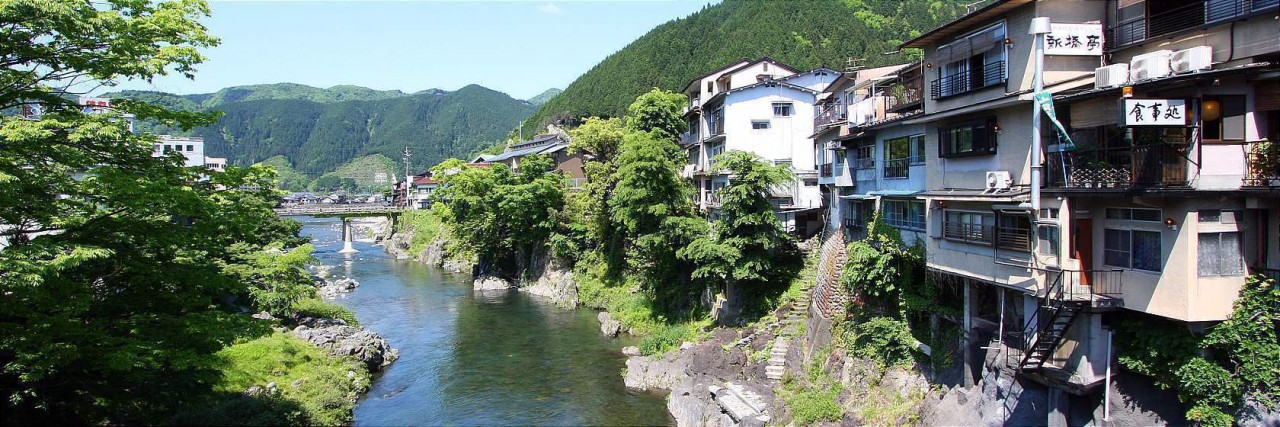 |
| Photo: Japan Guide |
Historically, the area around Gujō was part of the former Mino Province. During the Edo period, most of the area was under the control of Gujō Domain under the Tokugawa shogunate. During the post-Meiji restoration cadastral reforms, the area was organised into Gujō District, Gifu. The town of Hachiman was created on July 1, 1889 with the establishment of the modern municipalities system. The modern city of Gujō was established on March 1, 2004, from the merger of the towns of Hachiman, Shirotori and Yamato, and the villages of Meihō, Minami, Takasu and Wara (all from Gujō District).
Gujō has a mayor-council form of government with a directly elected mayor and a unicameral city assembly of 18 members.
A castle reconstructed in wood, demonstrations of period weaponry
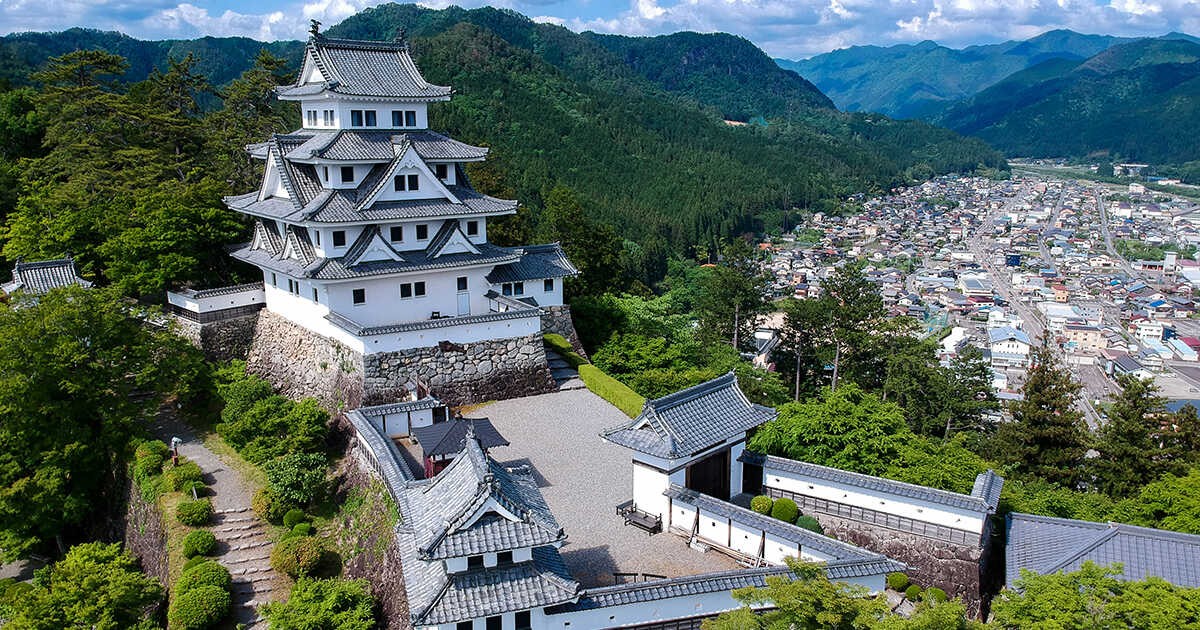 |
| Photo: Centrip Japan |
The original castle was built in the 16th century atop a hill overlooking the valley, about a 20-minute walk from the town center. Many castles across Japan were destroyed in the 1870s, and Gujo Hachiman was no exception. When it was rebuilt in 1933, however, Gujo Hachiman was reconstructed in wood rather than the concrete used for many other restored castles.
Gujo Hachiman Castle's location amid maple trees make it one of the most photogenic fortresses in Japan. Volunteers give demonstrations of period weaponry—the small cannons are particularly impressive—and the museum inside the castle tells fascinating tales about the town.
A colossal dance festival
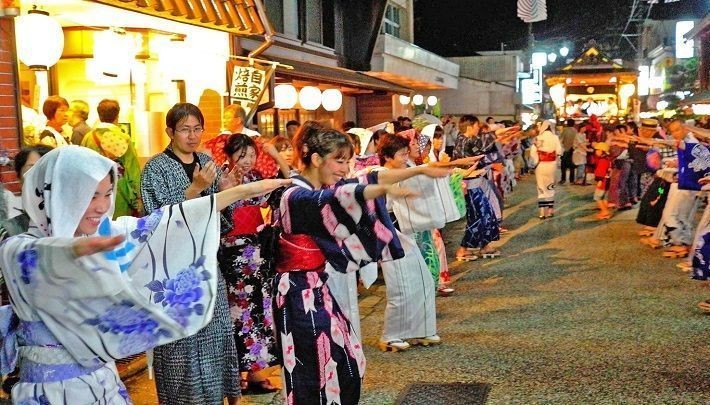 |
| Photo: Japonpedia |
On 31 nights from July to September, the hills around Gujo Hachiman come alive with the sound of music. Tens of thousands of people descend on Gujo Hachiman for its renowned Gujo Odori Bon Dance Festival.
Whether you want to dance the night away or just sample some community energy, this event—over 400 years old and based on much older traditions—is recognized as one of the three most important dance festivals in Japan.
Make your own fake food samples
The food sample displays in the windows of restaurants are ubiquitous in Japan. Gujo Hachiman is a famous manufacturing center of these food replicas. Several of the manufacturers open their doors to visitors and hold workshops where you can make your own sushi, tempura or vegetable samples. Sample Village Iwasaki is the most famous, and reservations are advised.
Food replicas are the wax or plastic representations of dishes that many restaurants in Japan put on display to entice and inform patrons. Gujo Hachiman has been a center of food replica production for decades, and maintains several replica workshops that produce a wide variety of replicas from sushi and ramen to hamburgers and ice cream.
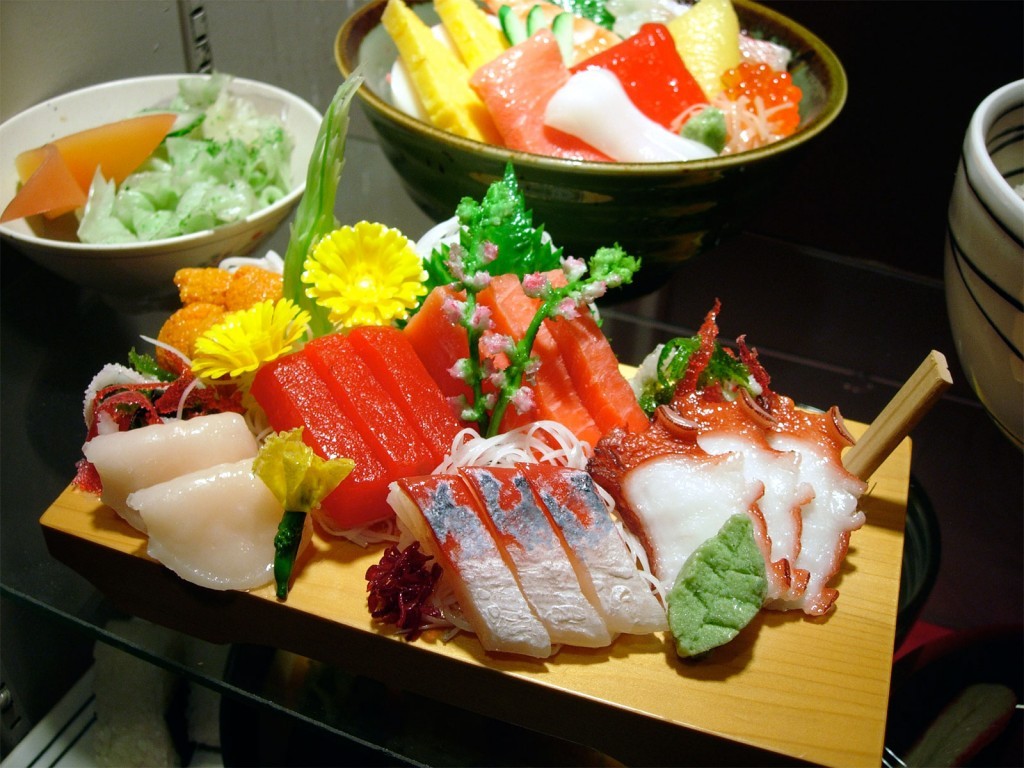 |
| Photo: GaijinPot Blog |
The first replica workshop, Iwasaki Mokei (Sample Village Iwasaki), opened in 1932. Today it claims to serve over half of the Japanese food replica market with its models. Iwasaki's main store is located at the outskirts of the town, while a second store is located in the town center. Both offer visitors hands-on experiences, such as creating a lettuce leaf or tempura pieces.
Another sample maker in Gujo is Sample Kobo which operates two stores in the town center. One of the two stores offers hands-on experiences where visitors can create pieces of tempura or a cup of ice cream, while the other comes with a cafe.
Leaf-peeping
Gujo Hachiman is nestled in a valley surrounded by heavily forested mountains, making it an ideal place to view the fiery autumn leaves. The Momiji Festival runs for a few weeks every November when, despite the chill in the air, people flock to the town. The highlight is the area around the castle, which is lit up at night. The garden at Jionji temple is also gorgeous at this time of year.
Gujo Hachiman Attractions
Gujo's Hachiman Castle, which originally dates from the mid sixteenth century, was pulled down in the Meiji Era (1868-1912) and rebuilt on a grander scale in 1933. There are fine views looking down on the town from the castle, which is a 20-30 minute hike uphill from the center of Gujo Hachiman from the main bridge.
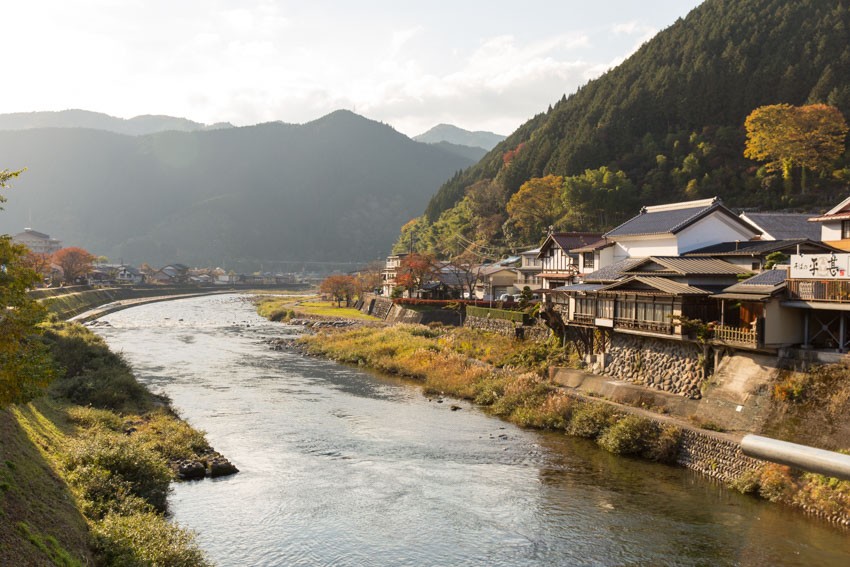 |
| Photo: Hey Georgie |
The prevalence of Gujo's fast-running, clean water streams has seen the town's citizens build a system of channels and stone or wooden basins (mizu fune) to provide drinking water and places to wash vegetables and even laundry. Nowadays these pretty water channels are stocked with an abundance of koi carp.
The Sogi Sui water spring and shrine, named after a fifteenth century Japanese poet, is a tourist draw and a place to sample Gujo's fresh mineral water.
The town's deep rivers are noted for their supply of Japanese trout (ayu) and provide a safe place for children to make their traditional rite of passage jumps from Gujo's main bridges. In winter, the waters are also used by local indigo dyers to fix their fabric dyes.
Gujo's streets are lined with wood and plaster Edo Period-style buildings with the sound of running water everywhere in evidence. British writer Alan Booth's description of the town in his 1995 book Looking For The Lost still rings true: "The lanes...are narrow, steeply walled, and end in dimly lanterned eating places or in small stone bridges that arch over splashing streams. It was like an Edo-era stage set."
There are a number of temples and shrines worth visiting in Gujo. Jionzenji Temple has a noted Zen Garden famed for its autumn leaves. The garden was rebuilt following a landslide in the 1950's and, though classified as a "strolling garden", is viewed from the temple itself. The typically Zen garden includes a pond and a waterfall. Anyoji is the largest wooden temple in Gifu Prefecture and has an interesting Treasure House with Buddhist paintings, calligraphy scrolls and ritual objects on display.
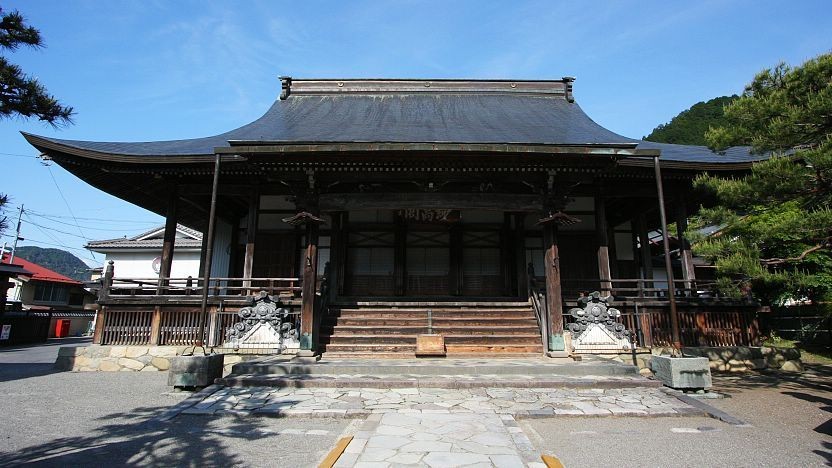 |
| Jionzenji Temple. Photo: Japan Guide |
 | The Most Iconic Female Anime Characters Of All Time While male characters have always been loved and adored, the female ones also stand out with their own unique features, designs, and characteristics that help ... |
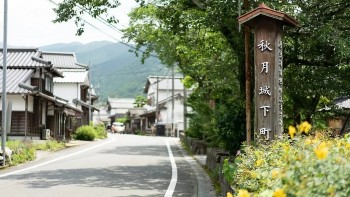 | Visit The Old Town Akizuki, The “Little Kyoto” of Japan Akizuki, a place that is still very modest on the tourist map of Japan, but bears a beauty that is considered by the Japanese as ... |
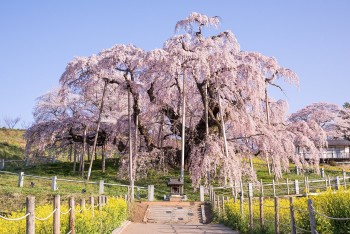 | 5 Most Fascinating Spots To Visit In Fukushima For A Spring Vacation Hanamiyama Park, Miharu town... are the beautiful destinations that attract thousands of tourists to Fukushima, Japan every spring. |
Recommended
 Travel
Travel
Vietnam Through Australian Eyes: Land of Flavor, Warmth, and Timeless Charm
 Travel
Travel
Strategies for Sustainable Growth of Vietnam’s Tourism from International Markets
 Travel
Travel
Vietnam Strengthens Its Presence On The Global Tourism Map
 Multimedia
Multimedia
Phong Nha-Ke Bang National Park Named Top Adventure Travel Site
Popular article
 Travel
Travel
Vietnam Welcomes Record-High Number of International Visitors
 Travel
Travel
Luxury Train From Hanoi To Hai Phong To Be Launched In May
 Travel
Travel
Phong Nha Named Top Budget-Friendly Travel Destination for Spring 2025: Agoda
 Travel
Travel





